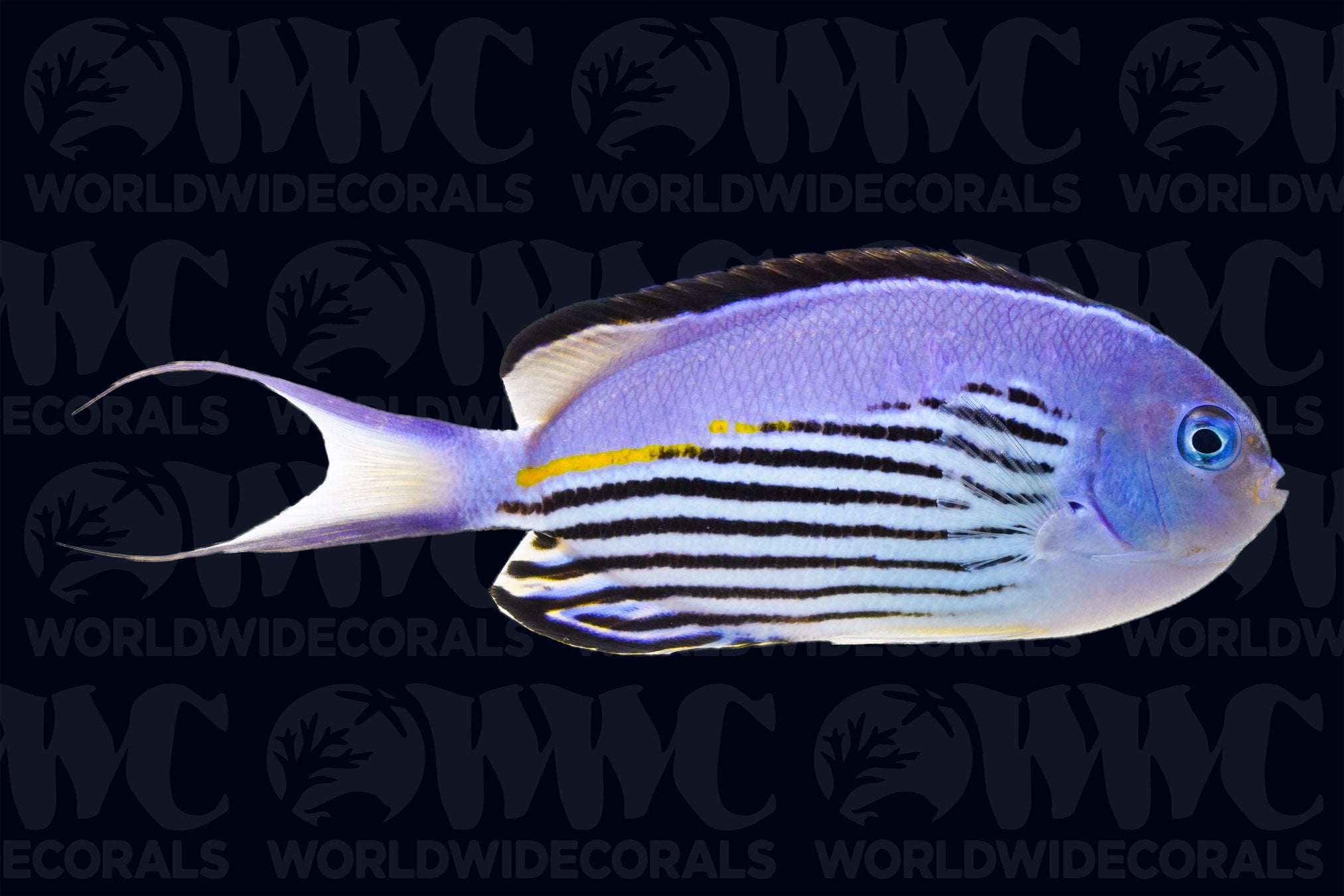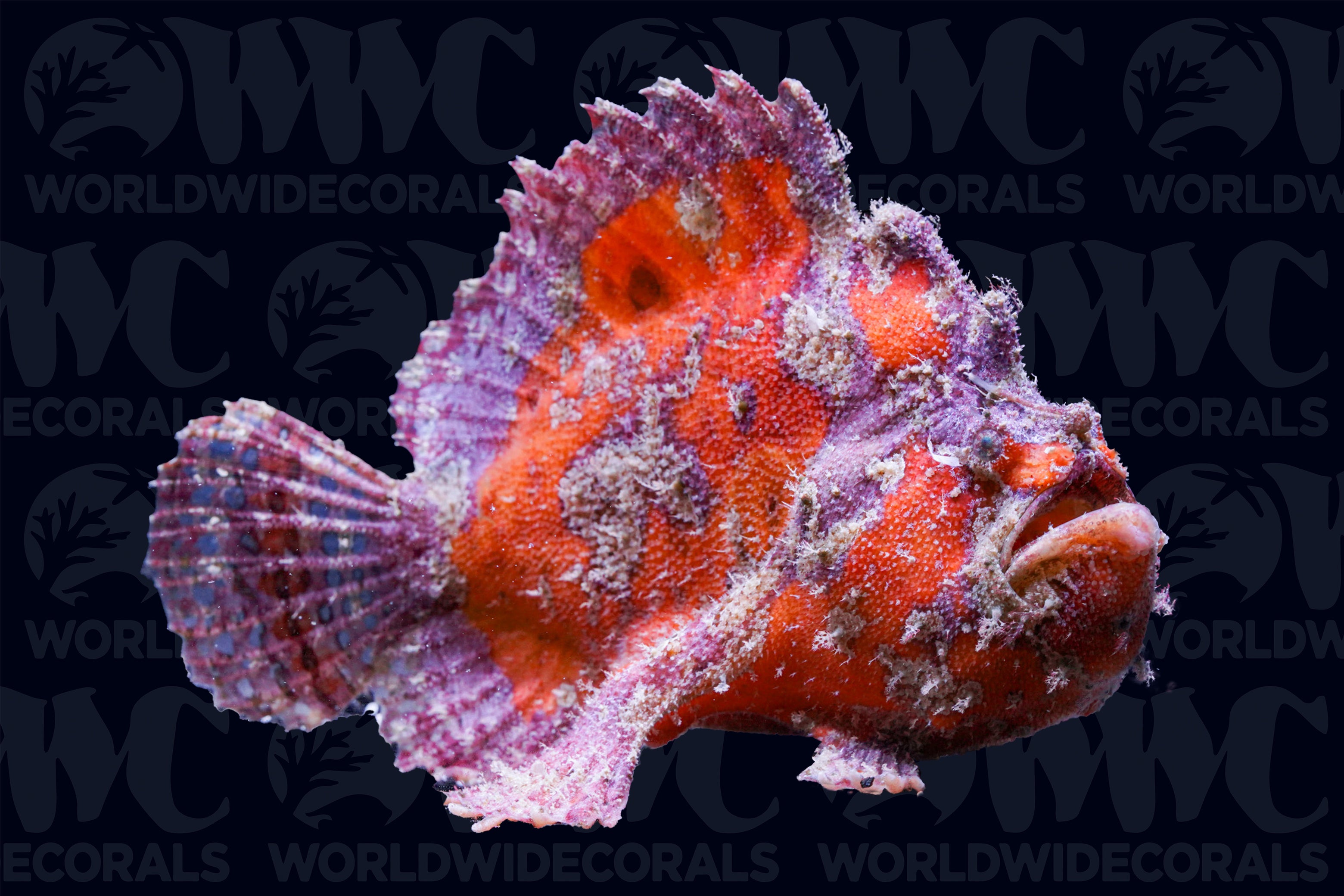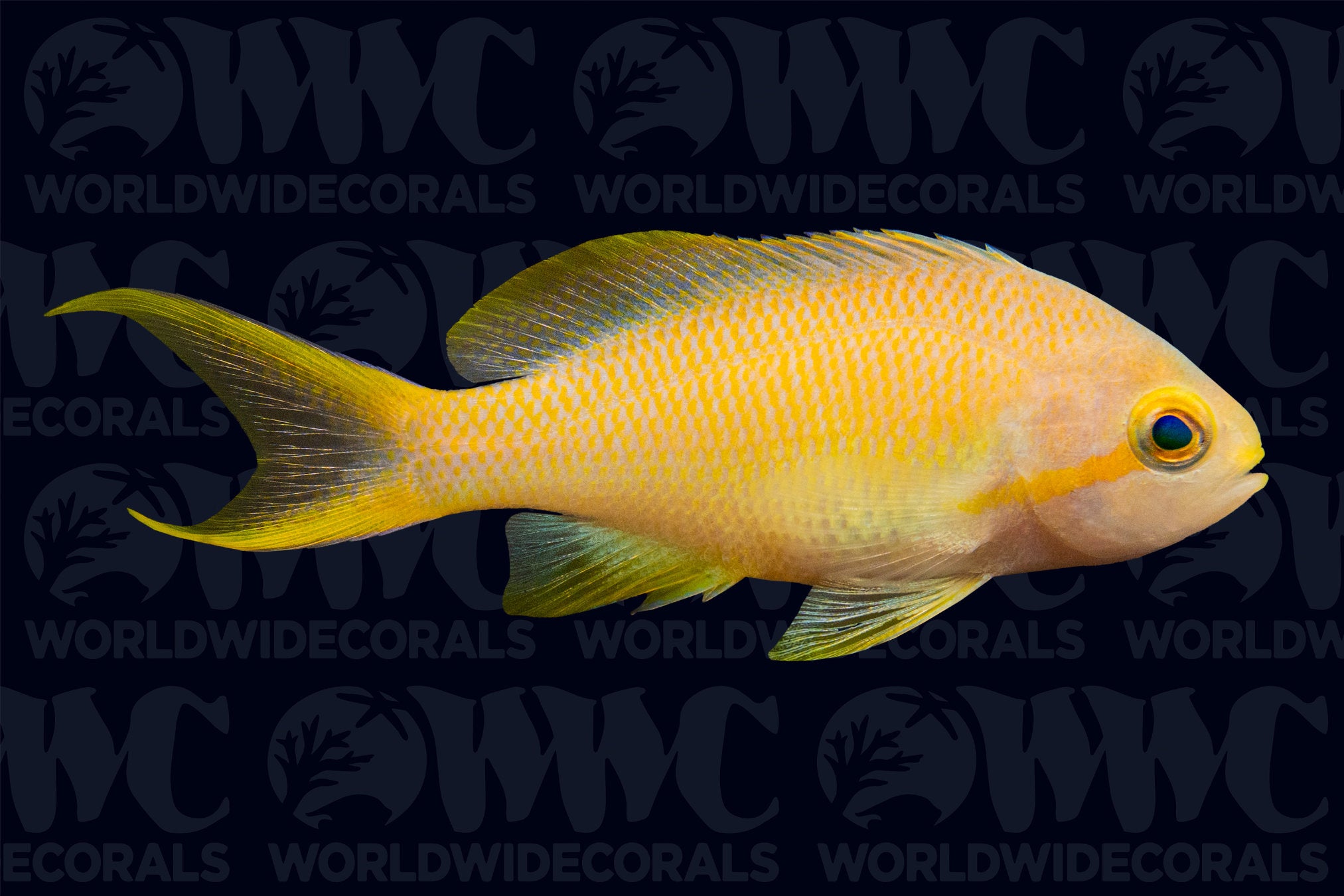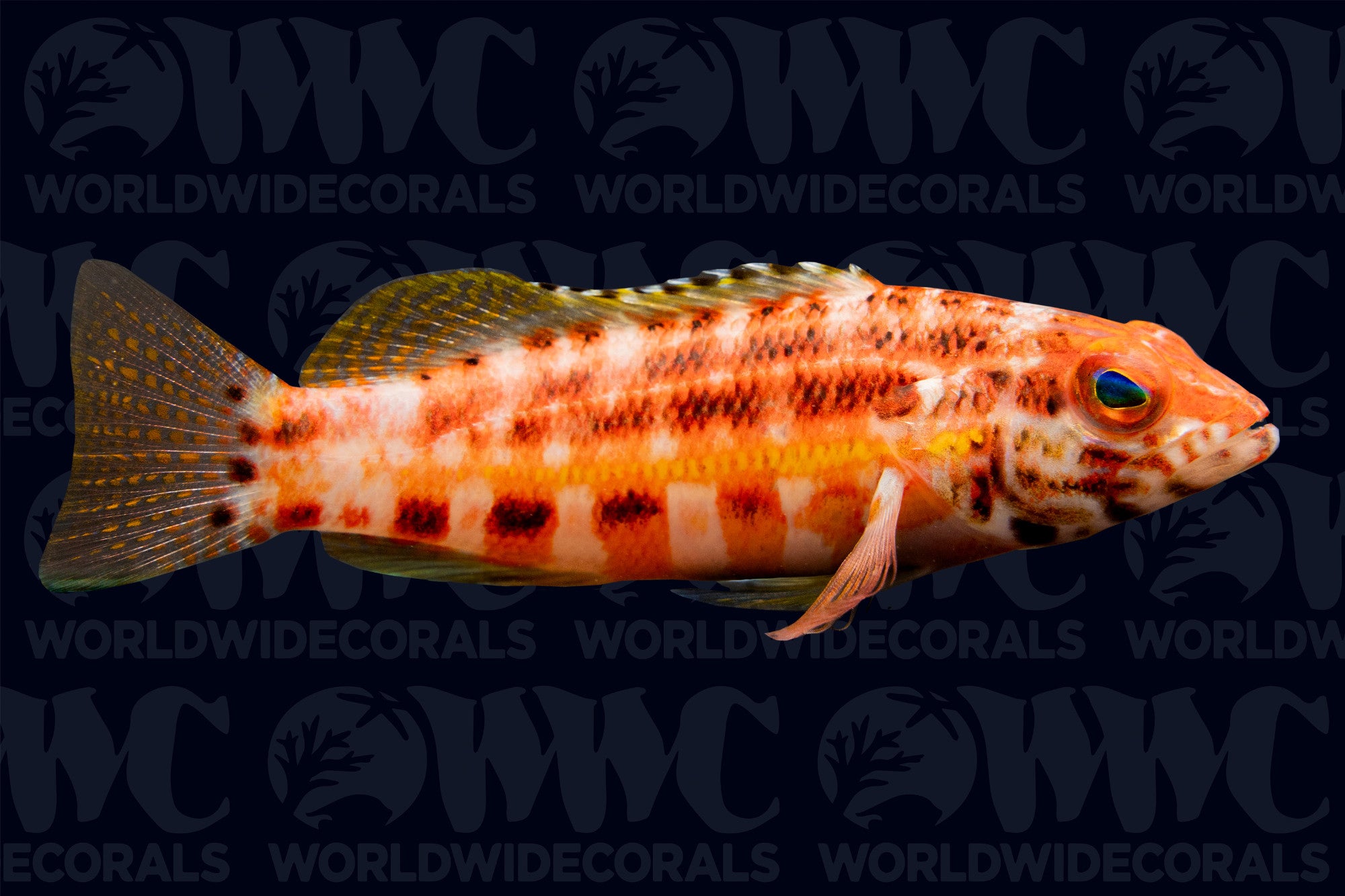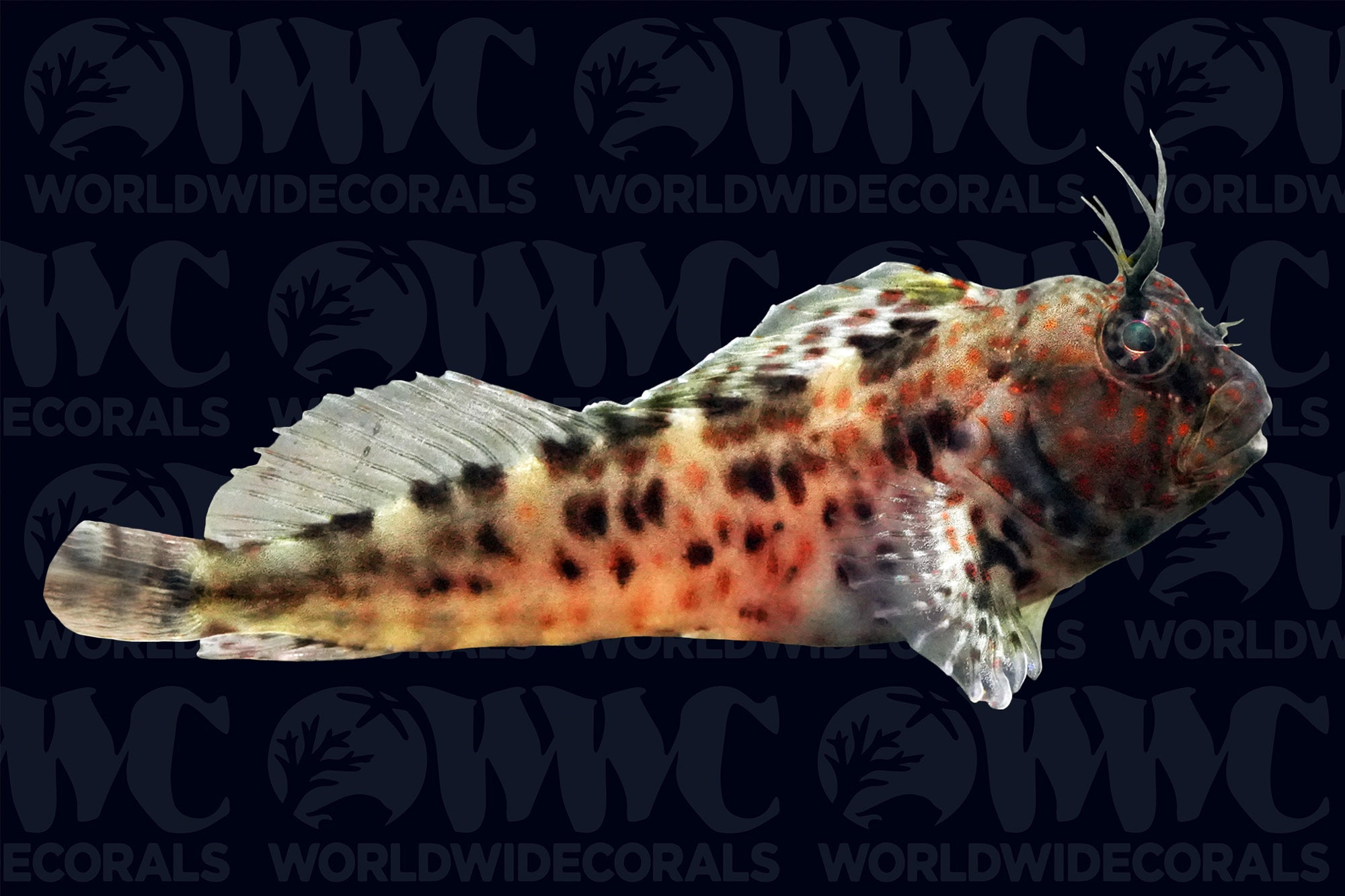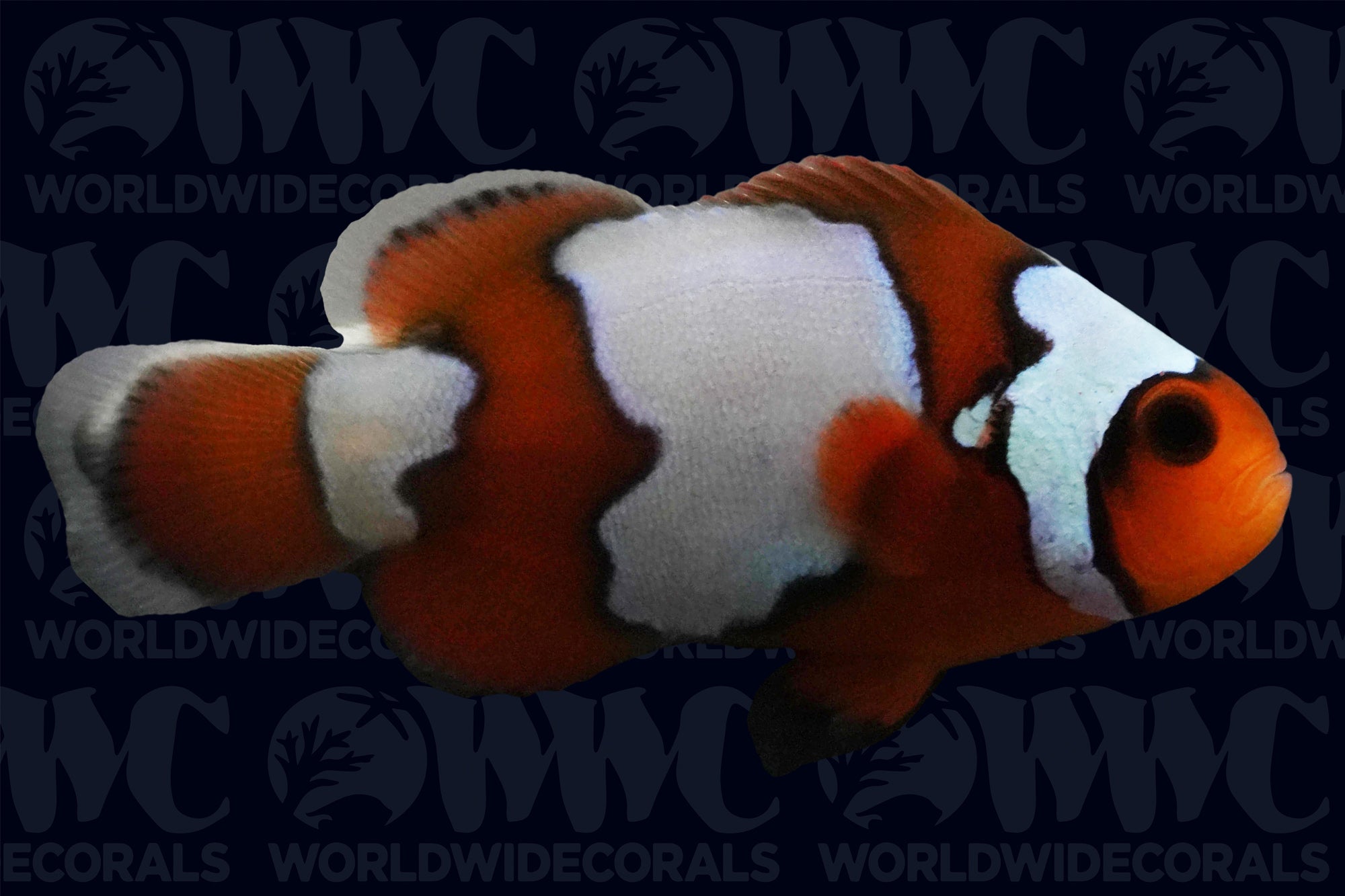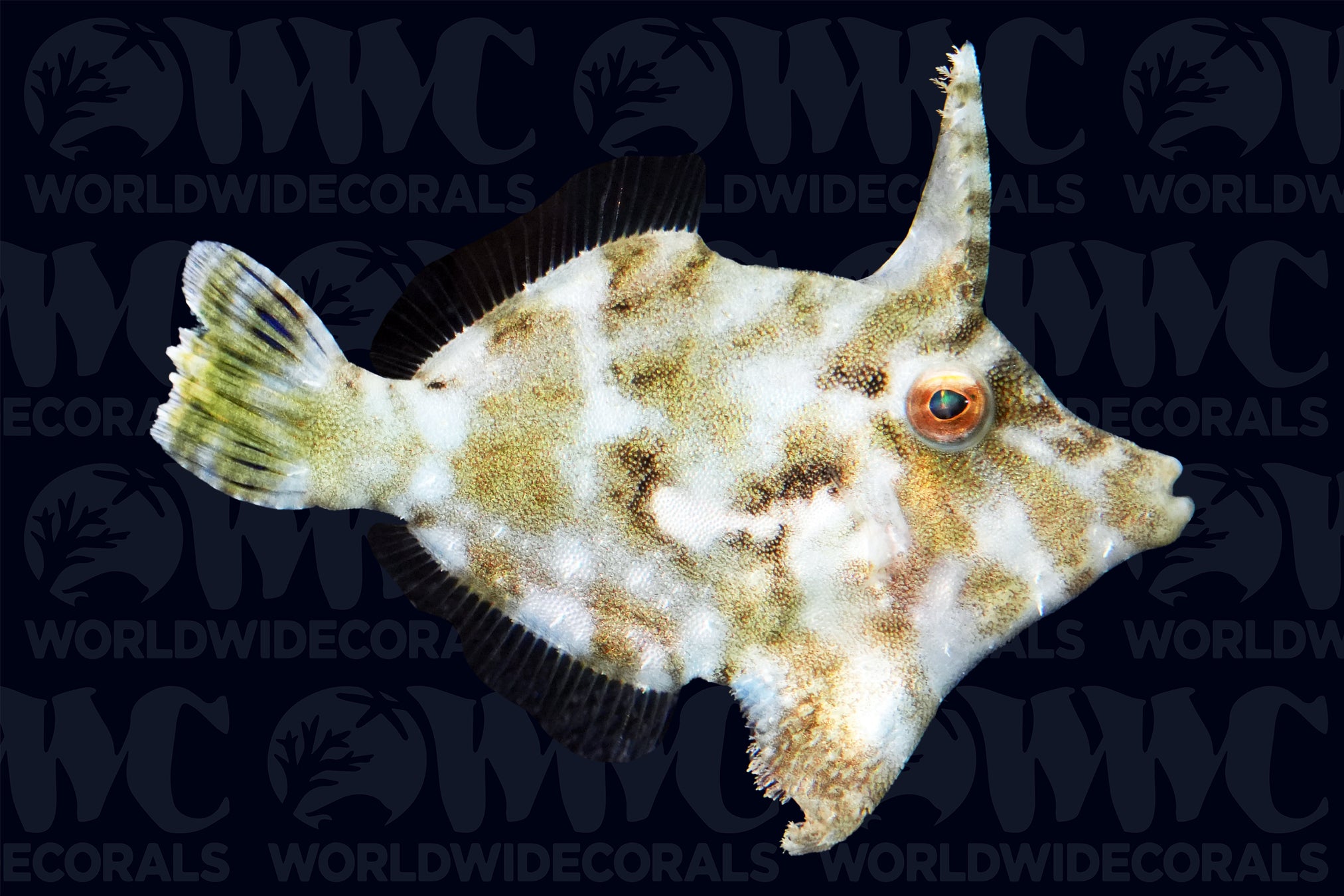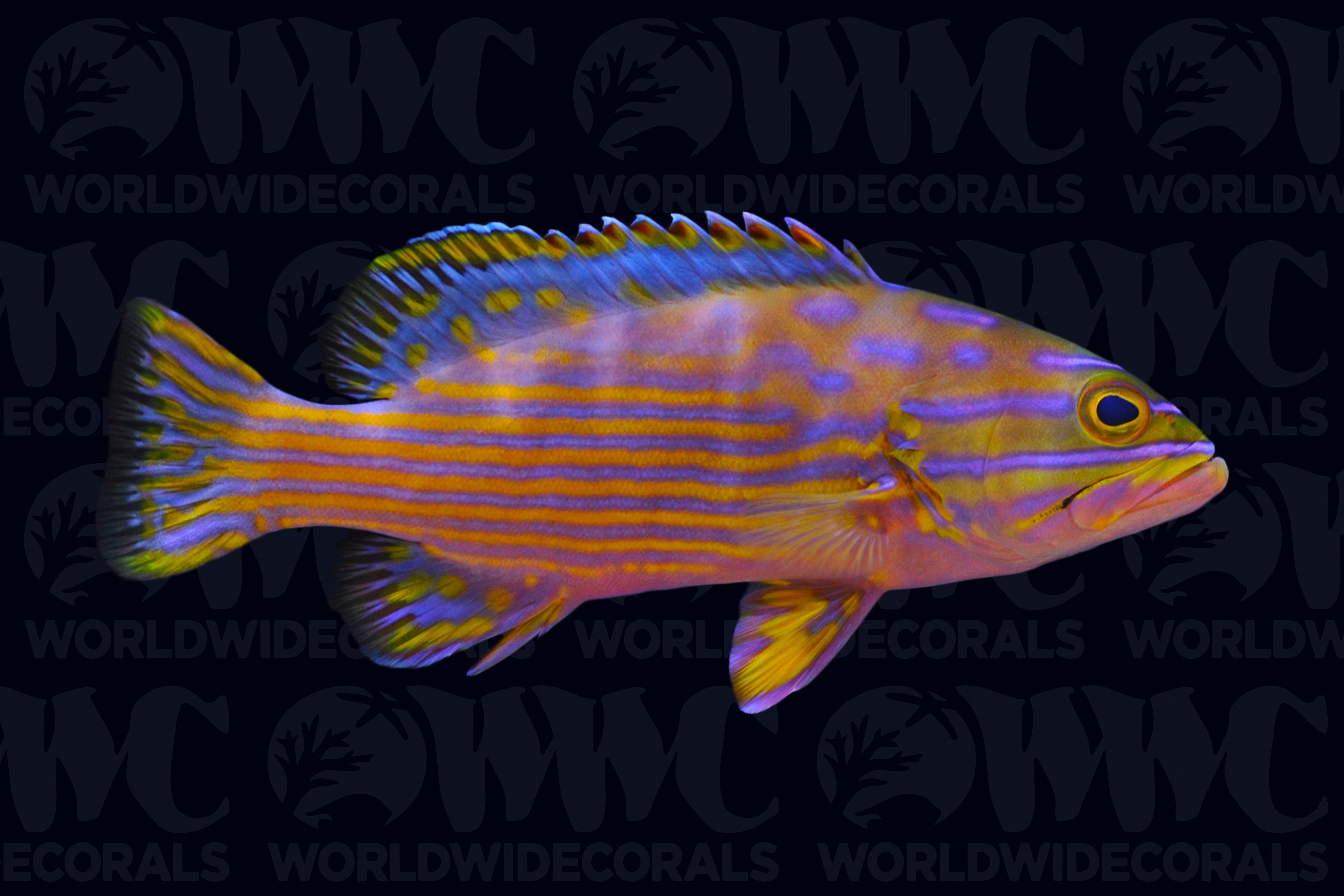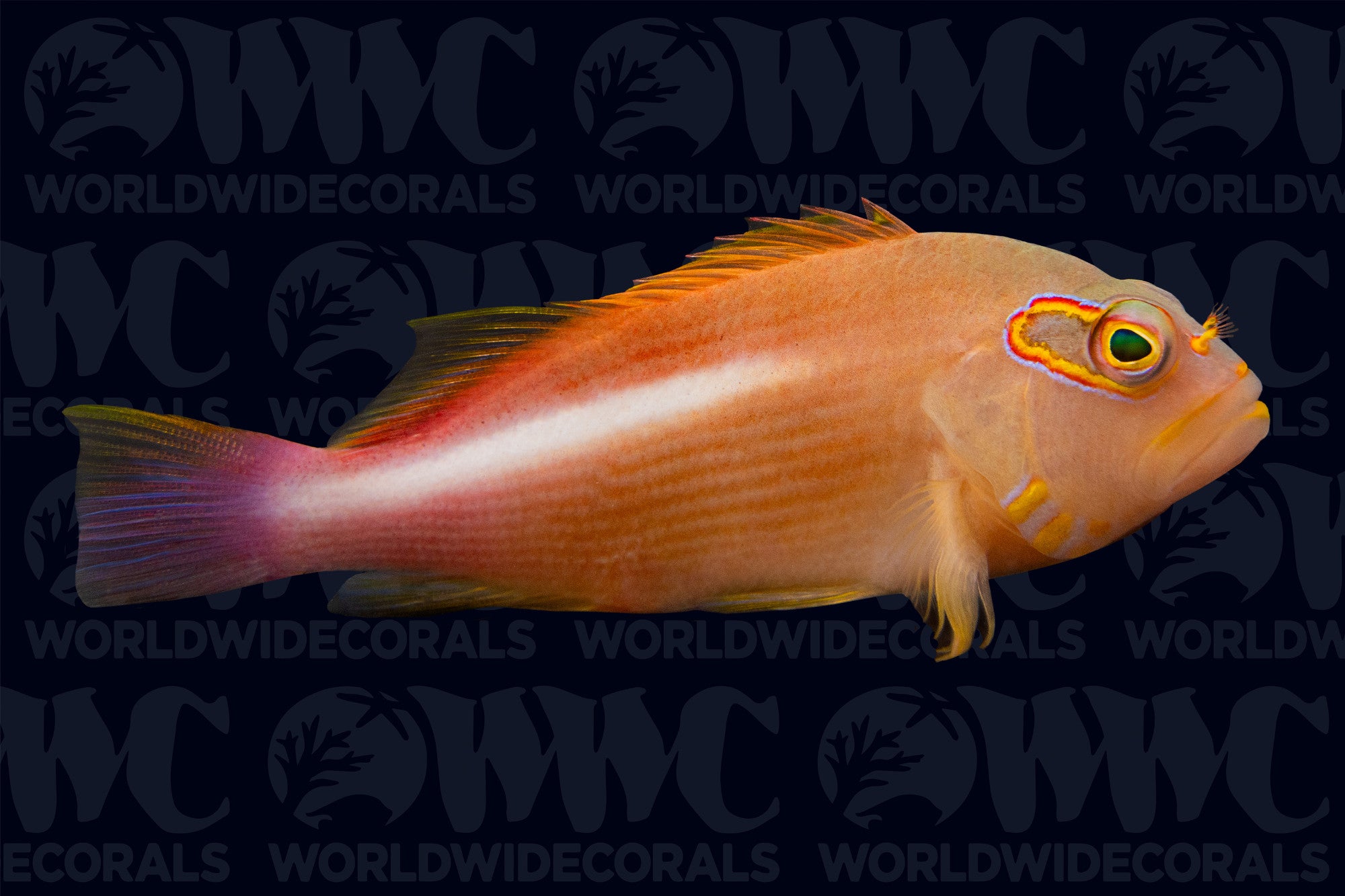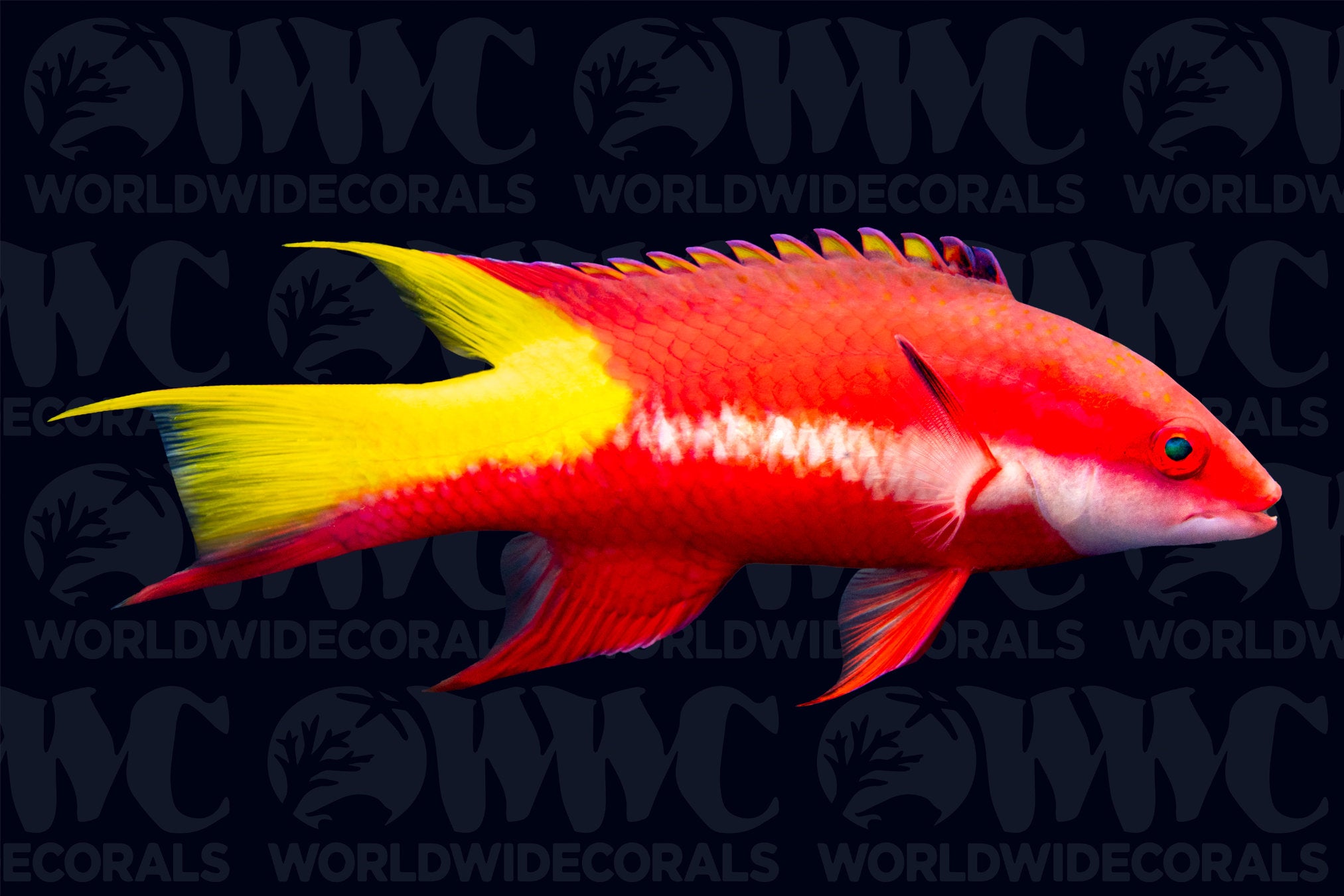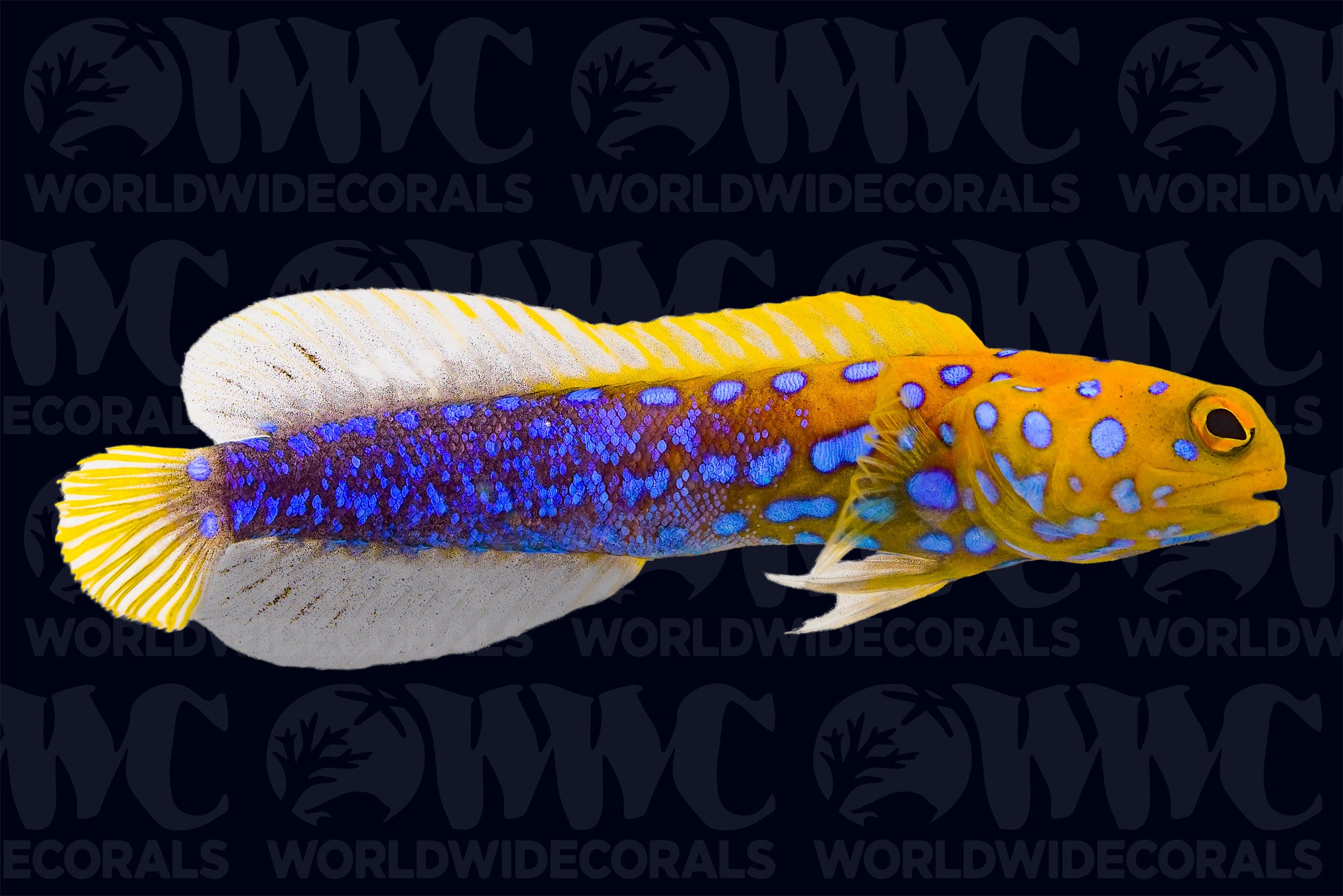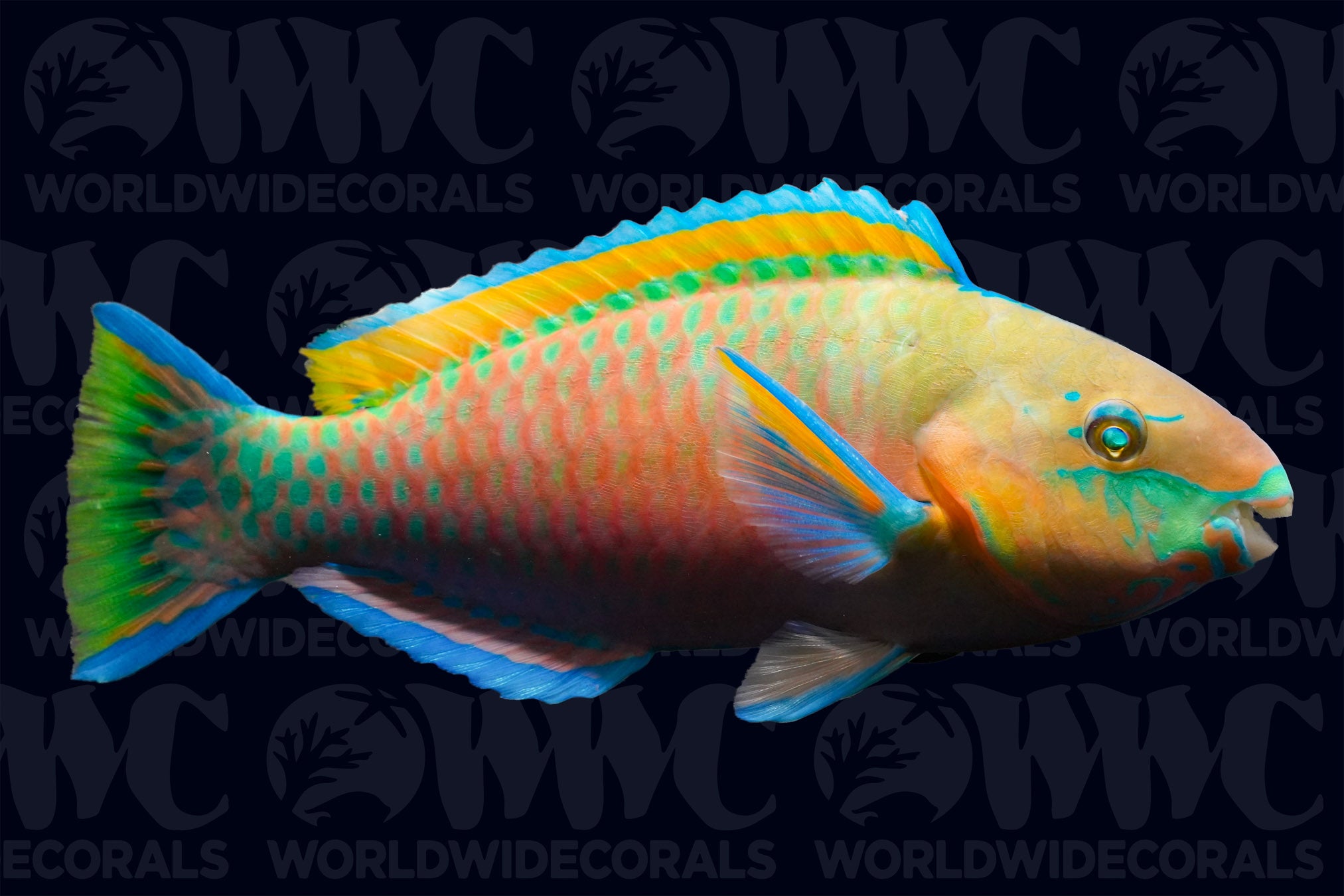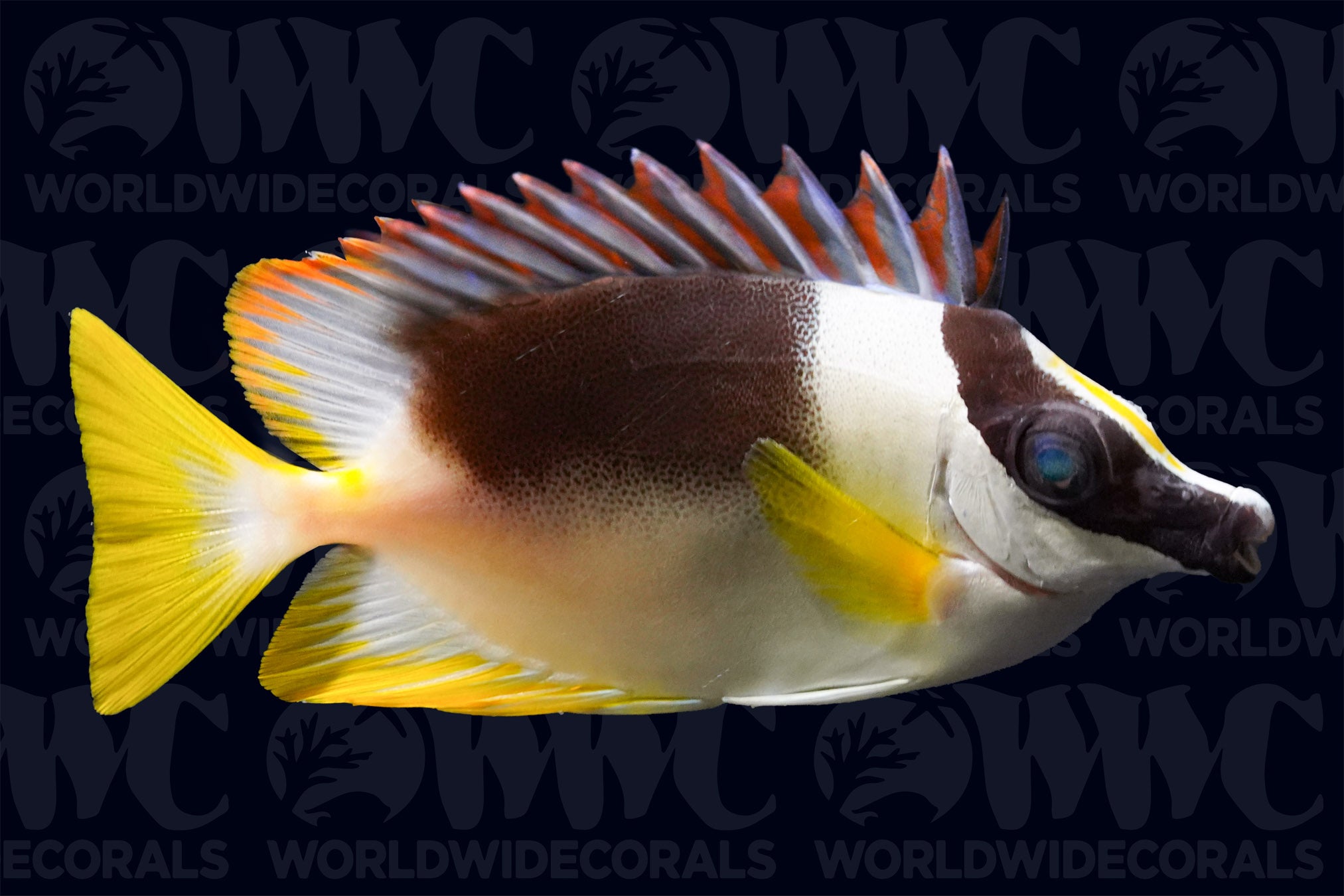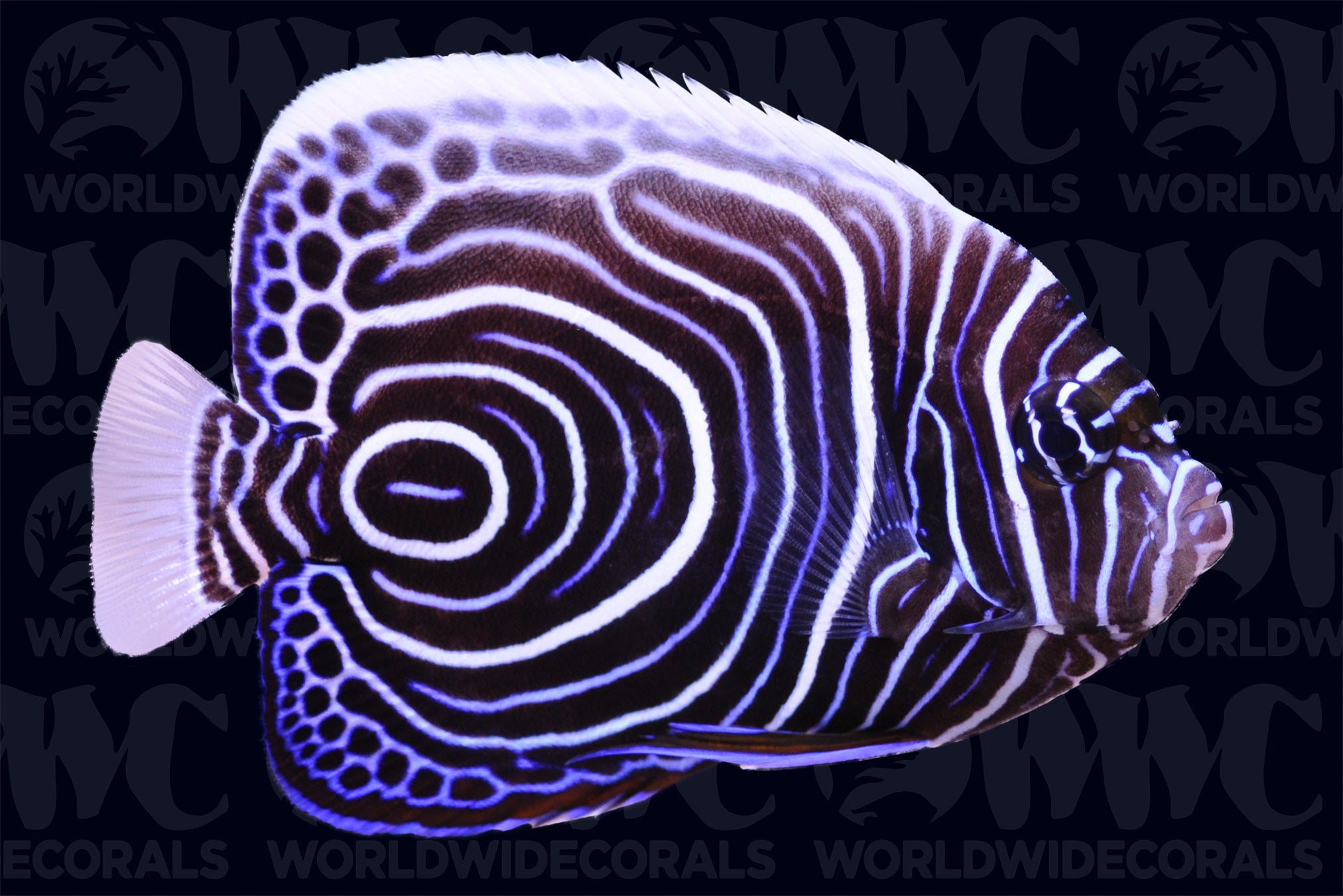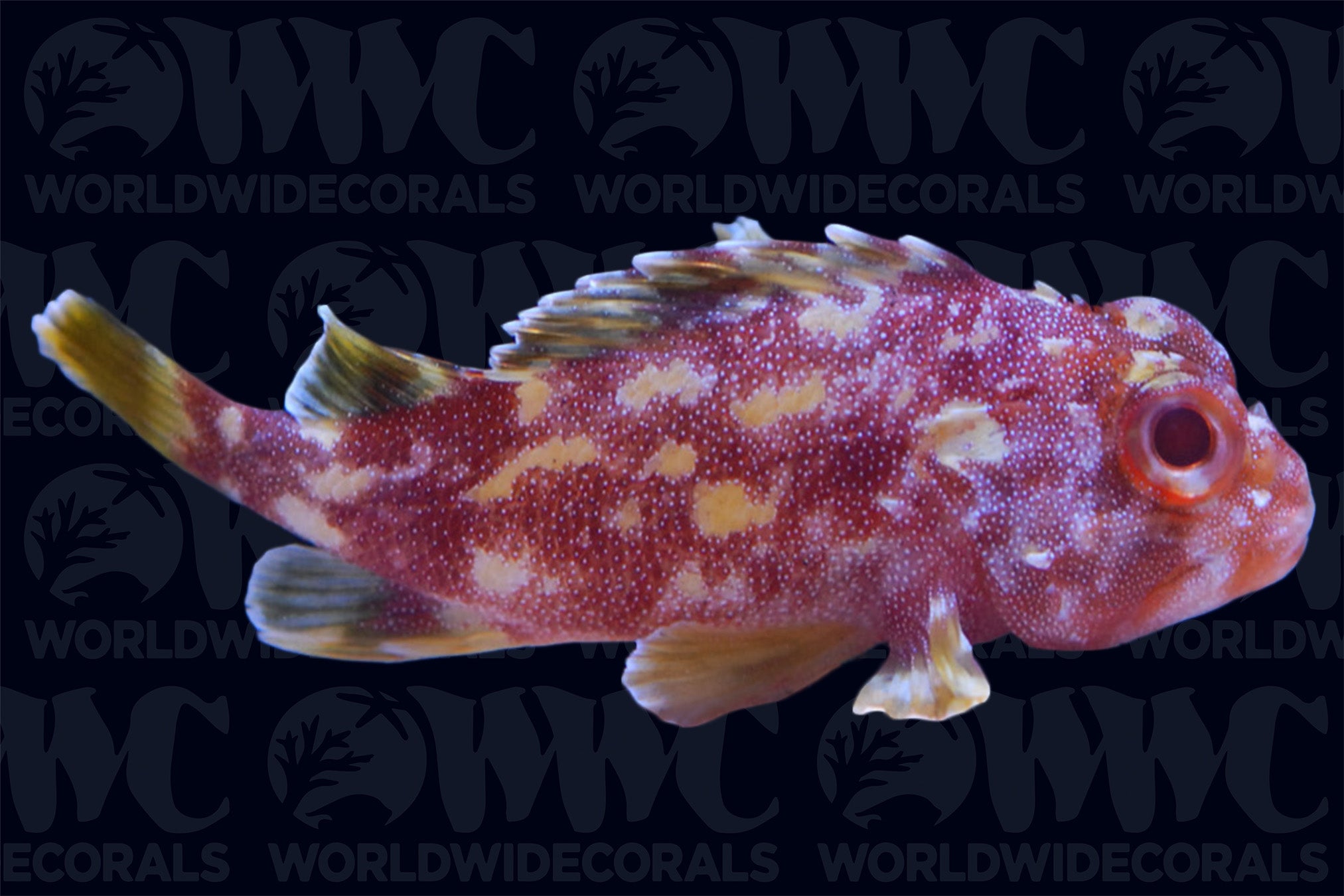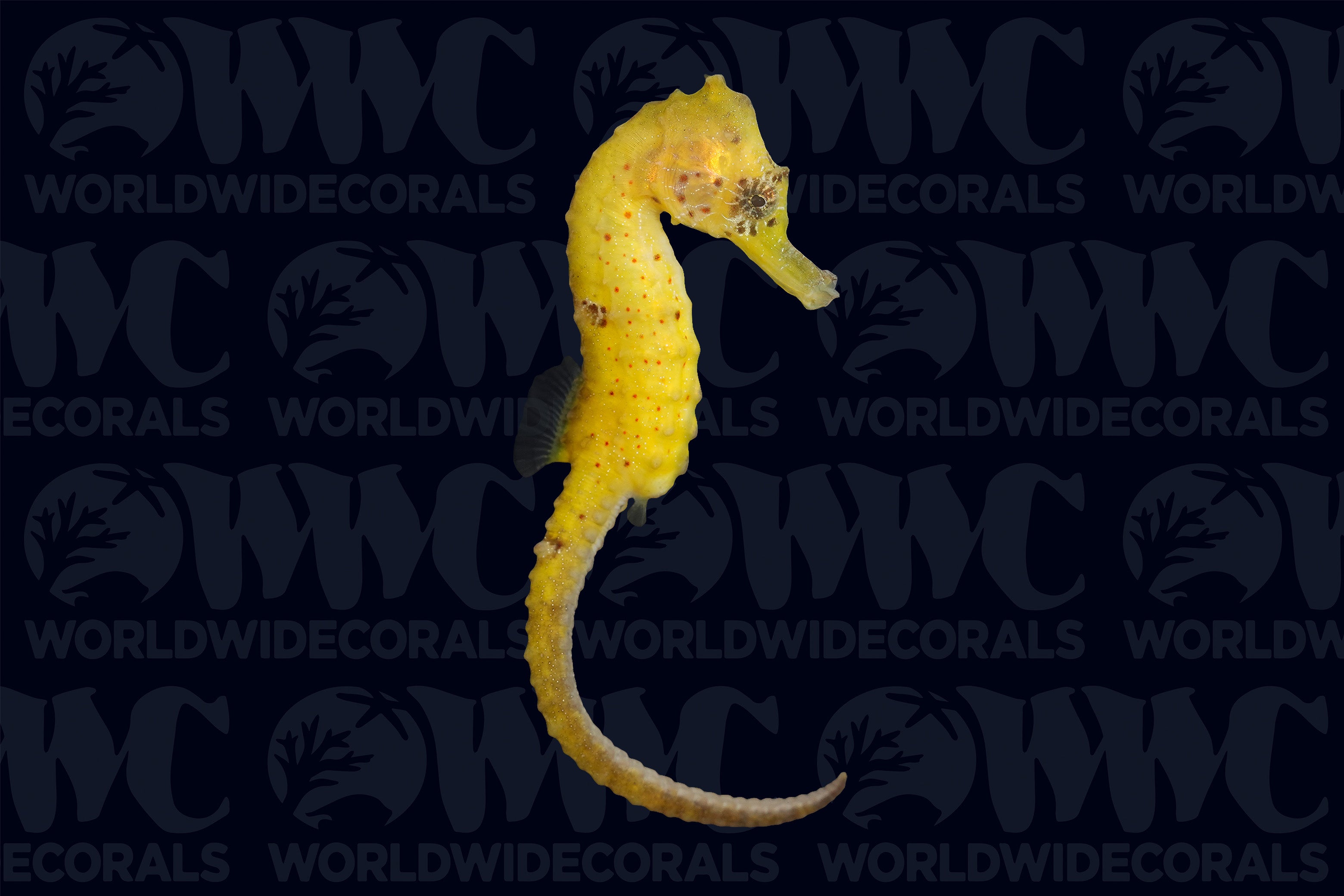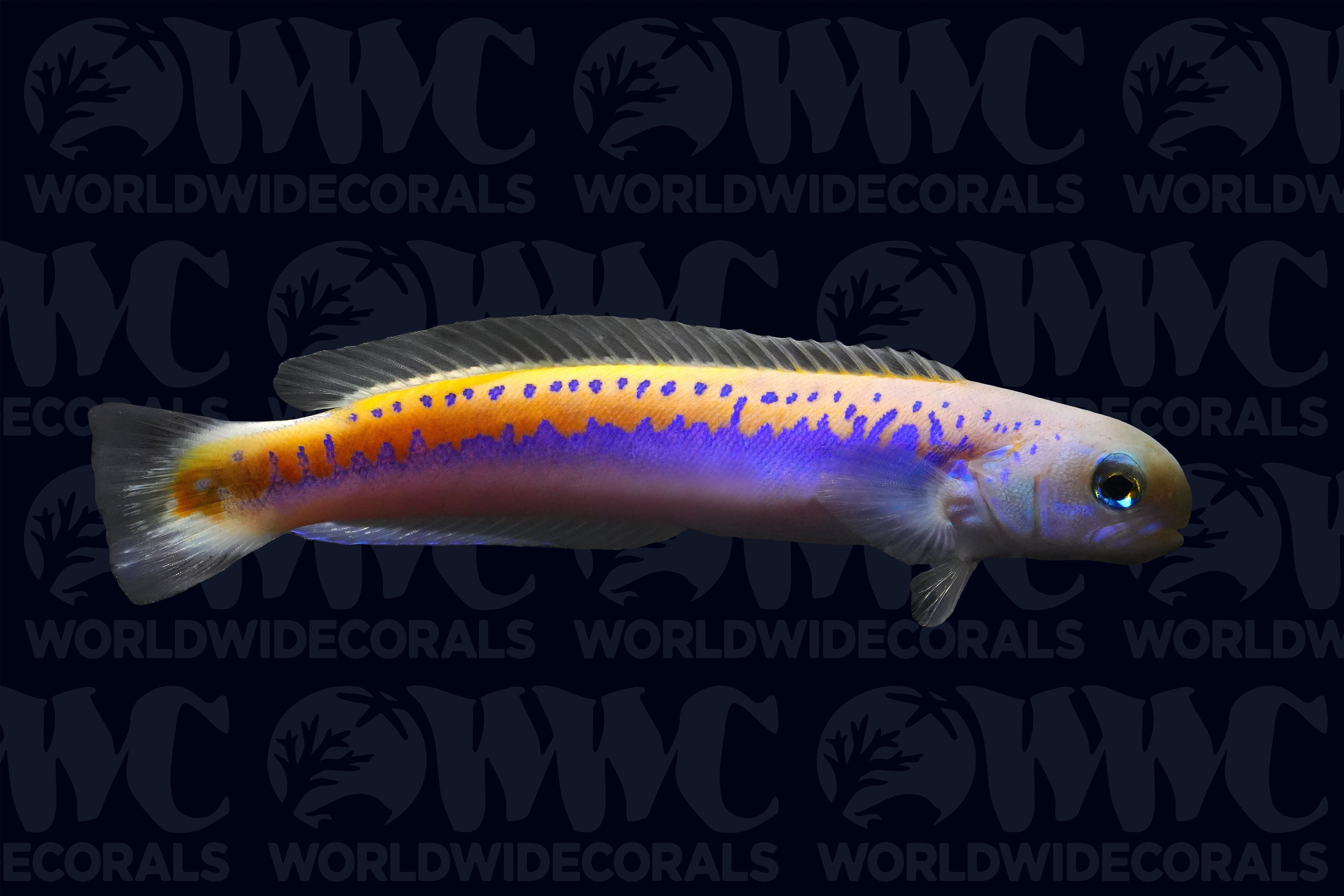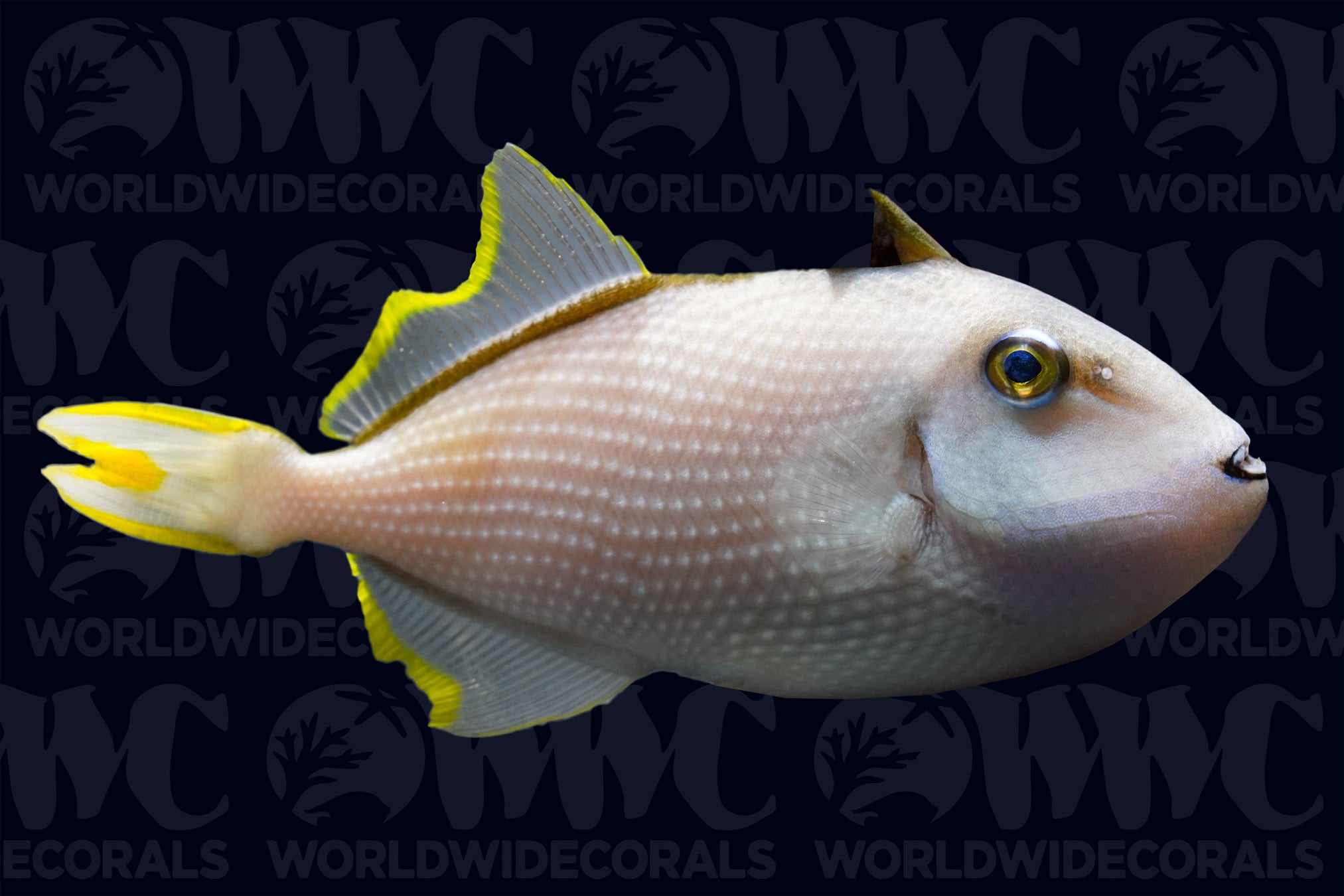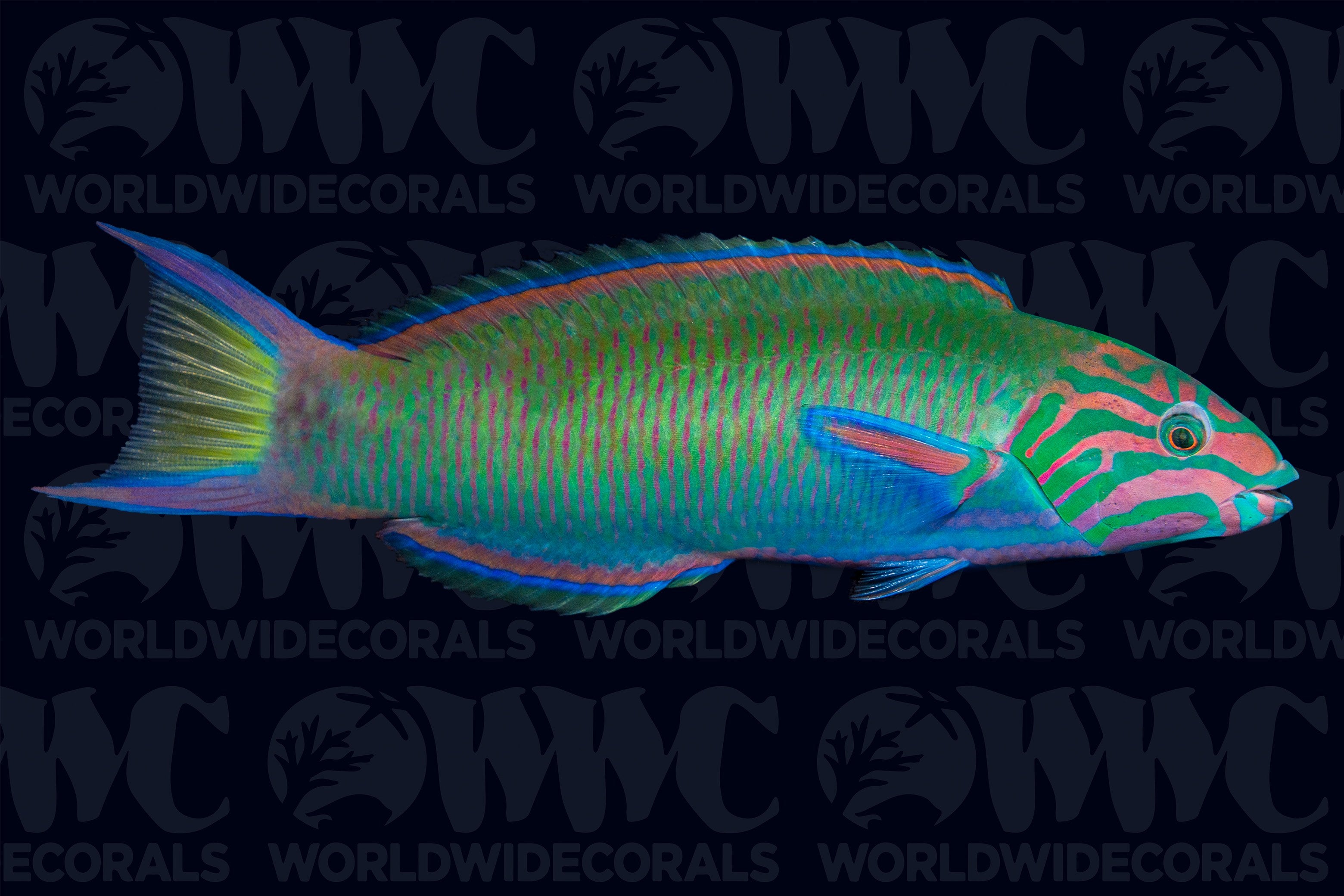Description
Genicanthus watanabei
Angels belonging to this genus are known for their compatibility with reef environments and peaceful demeanor. Nonetheless, male specimens may display aggression towards other males of the same species. It's advisable to house several females with a single male in an aquarium setup. Angels possess cheek spines along the edge of their gill covers. Therefore, exercise caution when handling them and refrain from using a net for capture, as they could become entangled or injured during removal. Both male and female Watanabei Angels exhibit an overall blue hue, with males exhibiting a slightly darker color and adorned with horizontal dark or black stripes on their lower body, while an orange stripe adorns their midsection to the tail. Females are distinguished by dark outlines on their anal and dorsal fins. Omnivorous by nature, these angels benefit from a varied diet of frozen and prepared marine Angelfish foods, along with flakes containing Spirulina and Nori. Given their active nature, regular feeding sessions multiple times a day are recommended. Growing up to 6 inches, Watanabei Angels thrive in aquariums of 100 gallons or larger, providing ample open swim space. In their natural habitat within the Indo-West Pacific Ocean, they frequent areas with strong currents near slopes and drop-offs, typically at depths of up to 250 feet.
Angels belonging to this genus are known for their compatibility with reef environments and peaceful demeanor. Nonetheless, male specimens may display aggression towards other males of the same species. It's advisable to house several females with a single male in an aquarium setup. Angels possess cheek spines along the edge of their gill covers. Therefore, exercise caution when handling them and refrain from using a net for capture, as they could become entangled or injured during removal. Both male and female Watanabei Angels exhibit an overall blue hue, with males exhibiting a slightly darker color and adorned with horizontal dark or black stripes on their lower body, while an orange stripe adorns their midsection to the tail. Females are distinguished by dark outlines on their anal and dorsal fins. Omnivorous by nature, these angels benefit from a varied diet of frozen and prepared marine Angelfish foods, along with flakes containing Spirulina and Nori. Given their active nature, regular feeding sessions multiple times a day are recommended. Growing up to 6 inches, Watanabei Angels thrive in aquariums of 100 gallons or larger, providing ample open swim space. In their natural habitat within the Indo-West Pacific Ocean, they frequent areas with strong currents near slopes and drop-offs, typically at depths of up to 250 feet.
3 DAY GUARANTEE | Hassle Free | 100% Satisfaction | Online Orders Only


